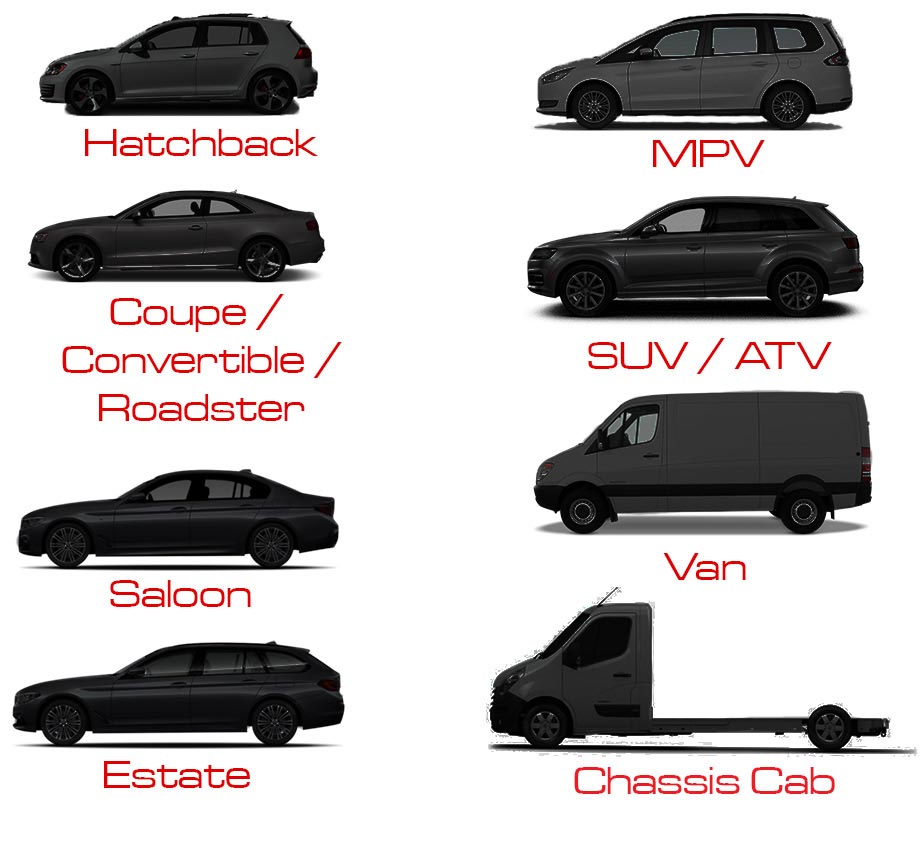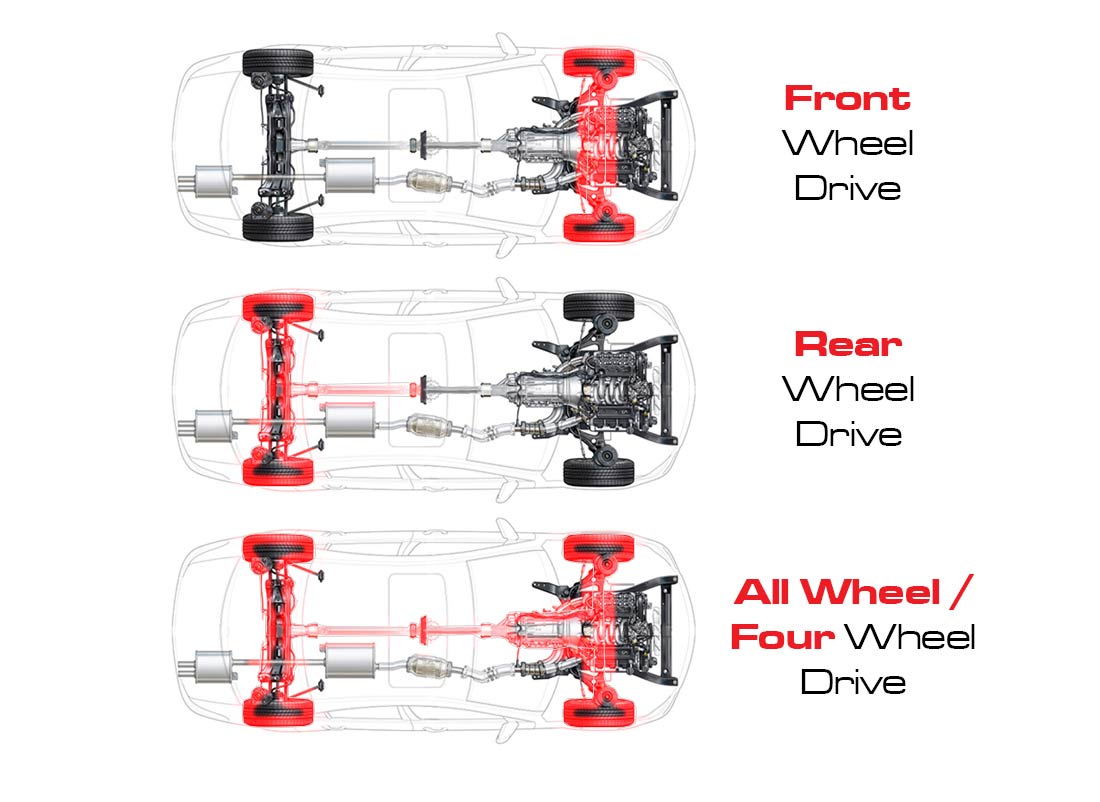Enter Your Number Plate:
OR SELECT YOUR VEHICLE:
X



Current Registration System
The two numbers in the middle of the registration state the year:
The first number will be a 1/5/6.
If it is a 1, it is registered between March and September: If it is a 5/6, the vehicle is registered after September and before March.
The second number states the year:
For example KC63 KFF was registered between Sept 2013 and March 2014.
The first number will be a 1/5/6.
If it is a 1, it is registered between March and September: If it is a 5/6, the vehicle is registered after September and before March.
The second number states the year:
For example KC63 KFF was registered between Sept 2013 and March 2014.

Prefix Registration System
Vehicles registered pre 2001 are subject to a prefix and suffix system. The most common is
prefix.
The first letter represents the year the car was registered.
For example, M673 SWP was registered in 1994.
To find which year your car was registered, enter your registration into the DVLA vehicle check
For example, M673 SWP was registered in 1994.
To find which year your car was registered, enter your registration into the DVLA vehicle check
X
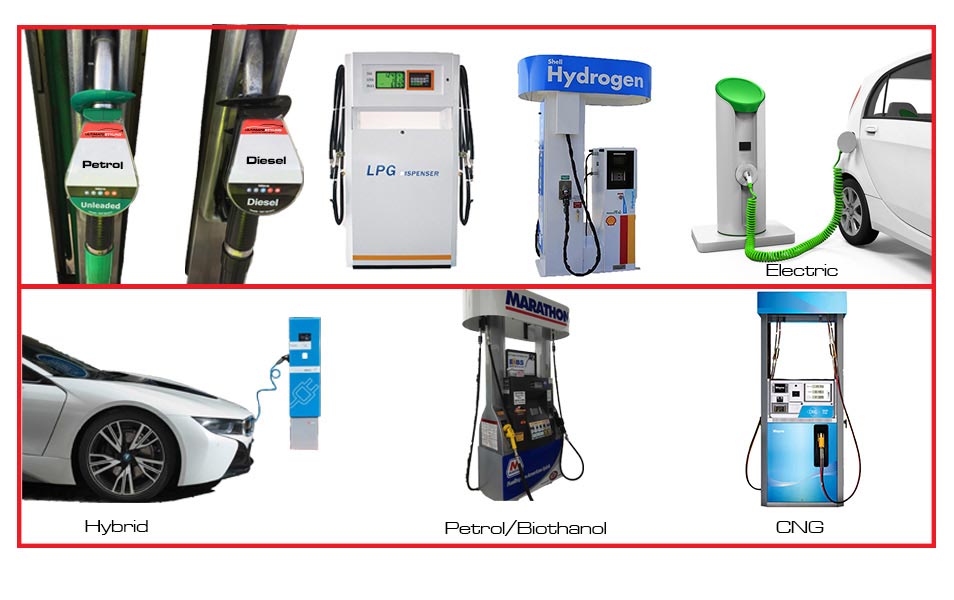

If you don’t know which fuel type your vehicle is, refer to your logbook or simply check
the filler cap.
X
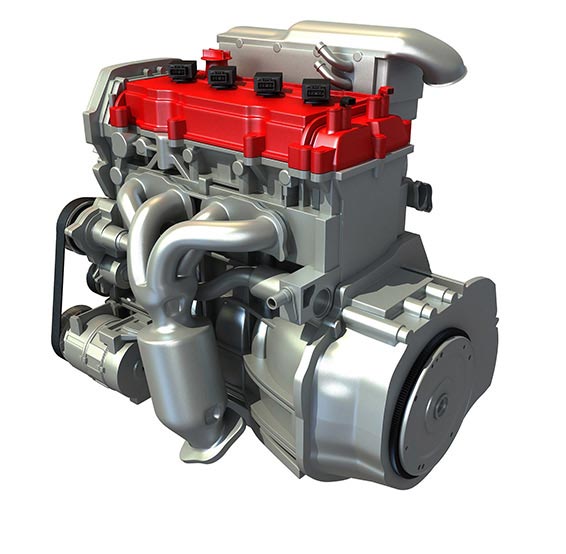

Your engine size can often be refered to as litres (l) or cubic centimeters (cc). Refer to
your vehicle logbook to check or enter your registration into the DVLA Vehicle Check
website.
X
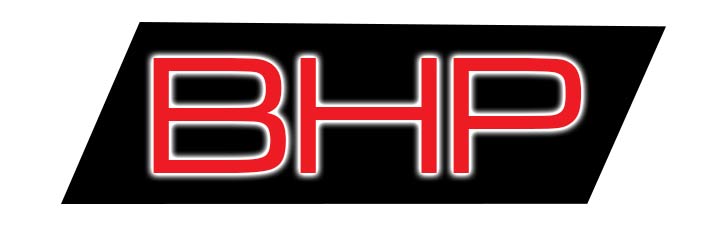

The power output of your vehicle is measured in BHP.
To find out your BHP, please check your vehicle handbook.
To find out your BHP, please check your vehicle handbook.
Oil Filters



What You Need To Know When Buying Oil Filters.
The oil filter in a vehicle is one of the most important parts. The oil filter helps ensure your engine performance remains at an efficient level. Ultimate styling and car manufacturers would recommend the changing of oil filters around every 5,000 miles you do. Depending on the vehicle and how often it is used, we would suggest performing an oil and filter change at the same time, whether that is on a 3 month basis or the amount of miles driven. We have an extensive range of oil filters at affordable prices to assist our customers in maximising their engines performance. When changing the oil filter we would recommend having the part fitted and removed professionally.
What are the different types of oil filter?
Oil filters allow the removal of potentially harmful contaminants from the engine. There are also eco filters which have an environmentally friendly cartridge, which will produce less waste than the metal spin on traditional oil filters.
What are the additional features of oil filters?
Some of our products may have a pressure release valve ‘PRV’ this allows for pressure to be released from the valve. Specific products may also state PRV 12-16 meaning the pressure able to be released will be between 12 to 16 pounds per square inch.
There is also an anti-drain feature for some of the oil filters. This prevents the oil from draining back from the feed pipe into the filter, when the engine is turned off.
There may be some filters that are the spin on type, this means that the filter is a metal cylinder type that will spin on a thread until reaching the engine block.
Oil Filter Terms Buying Guide
Here is an explanation of the terms used to help you choose the right Oil Filter for your car
Oil Filter Removes contaminants from oil within the engine.
Eco Filter Enviromently friendly cartridge filter producing less waste than traditional metal spin on filters
PRV Pressure Release Valve
PRV 12-16 Release valve pressure of between 12 to 16 pounds per square inch.
Anti-Drain Prevents oil draining back out of the feed pipe it entered the filter.
Spin-On Type Metal cylinder type filter which 'spins' on to a thread on the engine block
(->ch.12335) To suit vehicles with a chassis number up to 12345.
(ch.12345->) To suit vehicles with a chassis number greater than 12345.
(Eng.CJCA) To suit vehicles with engine type CJCA.
Frequently Asked Questions
How to change an oil filter?
We recommend that all oil filters are professionally fitted by a mechanic to ensure engine performance is maintained and maximised.
What size oil filter do I need?
We can help you find the correct size oil filters from the make and model details of your vehicle to ensure the part supplied is correct
What kind of oil filter do I need?
We can help you find the correct oil filters from the make and model details of your vehicle. Each vehicle requires different oil filters and this allows us to specify the correct part.
What to do with used oil filters?
We recommend professional recycling of used oil filters through reputable waste management channels and companies.
How to take an oil filter off?
Removing an oil filter can be a tricky procedure for the non-professional and this is why we recommend that you seek the services of an automotive professional to assist.
Removing an oil filter
When fitting an oil filter it is important not to tighten them too much as this then allows easy removal at the next service or replacement. However, there is an oil filter wrench tool available which can be useful in dealing with those filters that are stubborn to remove.
How often should I change my oil filter?
Car manufacturers often suggest that you should change your oil filter every time you change your oil. This can be as little as every 3 months or 3,000 miles. It is important to refer to your vehicle handbook and to seek professional advice if you are at all unsure.






